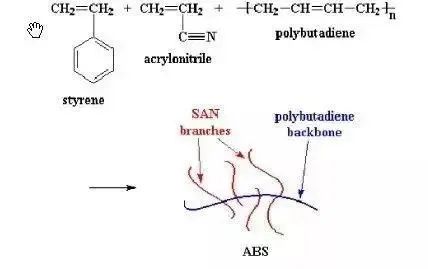Overview of Toughening Modification for Polypropylene:
Due to its low density, high stiffness, and superior chemical resistance qualities, polypropylene (PP) is a frequently used thermoplastic material. Its poor impact strength, however, prevents it from being used in sectors like the automobile industry that demand great impact resistance. Polypropylene
Toughening Modification is one strategy that has been used to get around this restriction.
Elastomers and other impact modifiers are included into the polypropylene matrix using a melt mixing method in the polypropylene toughening modification technique. These impact modifiers are added, increasing the polymer's ductility and impact strength, creating a polymer composite with outstanding mechanical characteristics.
Polypropylene Toughening Modification Benefits
Le polypropylene toughening modification technique offers several benefits for the automobile sector. The following are some of the main advantages:
1. Increased Impact Resistance: By adding impact modifiers, the polymer composite's impact resistance is increased, making it appropriate for use in a variety of automotive applications, including bumper systems, side-impact beams, and undercarriage parts.
2. Lightweight: Polypropylene is already a lightweight material, and when elastomers are added, its specific gravity is further decreased, making the composite material an excellent choice for vehicle parts that must be low in weight.
3. Economical: The application of Polypropylene Toughening Modification technology produces composite materials that are stronger and more lasting, requiring less frequent maintenance and repair expenses.

Polypropylene Toughening Modification Applications in the Automotive Industry
The automobile sector uses polypropylene toughening modification technology in a variety of ways. Several well-known instances of its use include:
1. Bumper Systems: In order to protect the occupants of the vehicle during collisions, bumper systems need to have strong impact resistance. The impact resistance of the bumper systems is enhanced using Polypropylene Toughening Modification technology, assuring the safety of the passengers.
2. Side Impact Beams: To protect passengers from side crashes, side impact beams are crucial in cars. The side impact beams are strengthened and made more resistant using the Polypropylene Toughening Modification technique.
3. Undercarriage Components: To protect the vehicle's undercarriage when traveling on difficult terrain, undercarriage components like skid plates need to have great impact resistance. The safety of the vehicle is ensured by the application of Polypropylene Toughening Modification technology to increase the impact strength of these parts.
Conclusion:
In order to increase polypropylene's impact resistance and make it a perfect material for usage in the automobile sector, polypropylene toughening modification technology is a vital technique. Because of its benefits—lightweight, cost-effectiveness, and better impact resistance—it is an excellent option for many automotive applications. Automotive producers may create high-quality, long-lasting, and safe automobiles by implementing this technology into the production of vehicle components, assuring passenger safety and lowering maintenance and repair costs.











